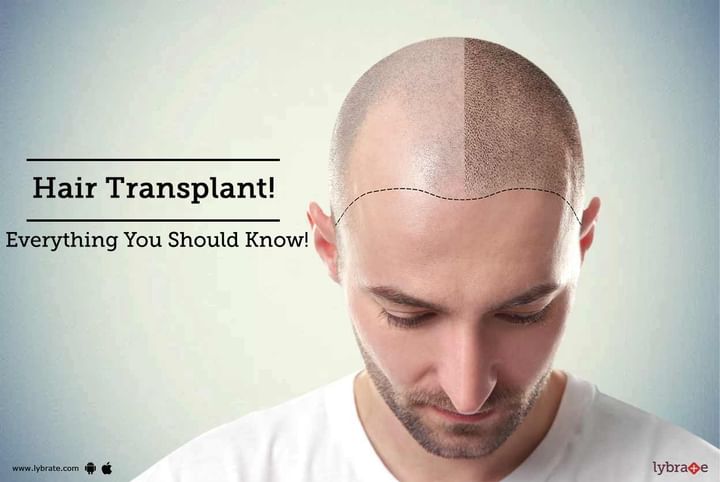Hair Transplant - Everything You Should Know!
Who doesn't love a head full of thick, lush and healthy hair? It not only enhances our appearance, but also makes us look and feel young and spirited. So naturally, losing hair in copious amounts or going bald can be a nightmare for many. But with the hair transplant procedure, you can easily get a head full of hair and regain your confidence.
Hair transplant revolves around the surgical removal of hair follicles from a donor site of a body to a balding patch which is called the recipient site. The process is minimally invasive, and grafts containing hair follicles which are resistant to balding, are transplanted to the bald spot. This method is also used for restoring eyebrows, eyelashes, chest hair, beard hair, pubic hair and for filling in accident or surgical scars.
Here is a closer look at how hair transplant is conducted:
After cleaning your scalp, the surgeon will inject a medicine to make the back of your head numb.
He will then either follow the Follicular Unit Strip Surgery (FUSS) or Follicular Unit Extraction (FUE) to implement the transplantation.
FUSS procedure: In FUSS, the surgeon will remove a strip of skin, 6 to 10 inches in length, from the back of your head. He will then sew back that portion of the scalp, and it will be hidden by the hair surrounding it. Next, the removed skin strip will be divided into 500 to 2000 minute grafts, with each containing a single hair or a couple of hairs. The type and number of grafts will be based on your hair quality, type, color and the dimensions of the recipient site.
FUE procedure: In FUE, the surgeon will shave the back of your scalp and remove the follicles one by one. The concerned area will heal with small dots and the surrounding hair will conceal it.
FUE technique is the latest and has least complication rates. It is one of the most widely accepted method of hair transplantation due to less bleeding, no linear scarring, faster recovery and better cosmetic acceptability of donor area.
In both the methods of transplant, after the graft is prepared, the surgeon will clean and numb the area where the hair needs to be transplanted to. He will then create slits or holes with a needle or scalpel and carefully place each graft in each hole. It might take 4 to 8 hours for the entire procedure to be conducted. And if you want thicker hair, more sessions might be required.
Here is a look at the other aspects of hair transplantation:
Recovery: Your scalp maybe tender post surgery and you may require painmedicines for quite some time. Antibiotics and anti-inflammatory drugs may also be prescribed. You will be able to get back to work in 2 to 5 days after the procedure.
What to expect: Though in 2 to 3 weeks after the surgical process, your transplanted hair will fall off, you will notice new hair growth in a few months. Often, 60-80% hair grow back in 6-8 months.
Risks: Bleeding, infections, scarring and unnatural hair growth are some of the risks associated with hair transplantation. When new hair begins to grow, some people complain of inflammation of the hair follicles, but this can be resolved with medication.



+1.svg)
